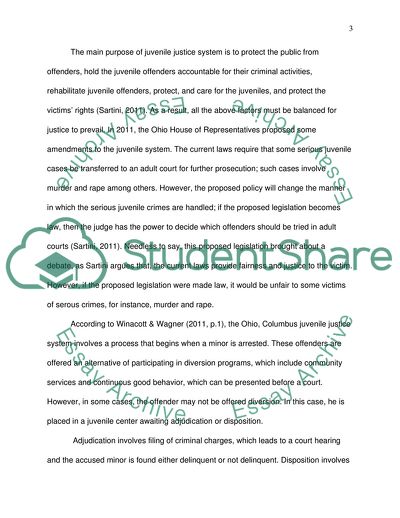Cite this document
(Juvenile Delinquencies in the Contemporary World Essay, n.d.)
Juvenile Delinquencies in the Contemporary World Essay. https://studentshare.org/law/1766059-juvenile-justice-and-policing
Juvenile Delinquencies in the Contemporary World Essay. https://studentshare.org/law/1766059-juvenile-justice-and-policing
(Juvenile Delinquencies in the Contemporary World Essay)
Juvenile Delinquencies in the Contemporary World Essay. https://studentshare.org/law/1766059-juvenile-justice-and-policing.
Juvenile Delinquencies in the Contemporary World Essay. https://studentshare.org/law/1766059-juvenile-justice-and-policing.
“Juvenile Delinquencies in the Contemporary World Essay”. https://studentshare.org/law/1766059-juvenile-justice-and-policing.


